| IN A NUTSHELL |
|
The recent aerial conflict between India and Pakistan has sent ripples through the defense communities of both nations. Despite India deploying its advanced Dassault Rafale jets, the outcome of the skirmish revealed unexpected vulnerabilities. In what has become a significant point of discussion, Pakistan’s Air Force demonstrated superior tactics and technology, resulting in the downing of multiple Indian jets. This incident raises questions about the preparedness and strategies employed by India’s air force, especially when facing a well-equipped adversary like Pakistan.
Pakistan’s J-10 Fighter vs. India’s Dassault Rafale
The events of May 7 marked a critical juncture in the ongoing tensions between India and Pakistan. Following a terrorist attack in Kashmir, India launched Operation Sindoor, targeting militant sites across the border. The operation saw the Indian Air Force (IAF) utilizing its most advanced aircraft, including the French-built Rafale jets. However, the Pakistan Air Force (PAF) managed to intercept and shoot down several Indian jets, including at least one Rafale, without confirmed losses on their side.
This outcome was surprising given India’s past performances in joint exercises like Cope India with the U.S. Air Force. The discrepancy highlights the importance of understanding the capabilities and real-world conditions that differ from simulated environments. The engagement saw Pakistan employing Chinese-supplied J-10CE and JF-17 jets, which played a pivotal role in countering the Indian offensive. The success of the PAF in this encounter underscores the evolving nature of air combat, where traditional metrics of air superiority are continually being challenged.
Operation Sindoor: A Tactical Assessment
Operation Sindoor was a strategic mission by the IAF, aimed at retaliating against militant activities linked to Pakistan. The operation involved a significant deployment of India’s advanced aircraft fleet, including Rafales equipped with SCALP-EG missiles and Su-30MKIs with BrahMos cruise missiles. Despite these advanced capabilities, the operation faced unforeseen challenges that questioned the IAF’s preparedness.
One of the critical aspects that contributed to the operation’s outcome was Pakistan’s effective use of AWACS aircraft and long-range missiles. The coordination between Pakistan’s fighters and its Erieye AWACS enabled a robust defense that thwarted India’s offensive. Additionally, the real-time networked warfare capabilities demonstrated by Pakistan highlighted areas where the IAF might need to enhance its strategic planning and electronic warfare capabilities. The loss of a Rafale, a symbol of India’s air power, has prompted a reevaluation of tactical approaches and technological investments.
Why Cope India Didn’t Simulate Real Combat Scenarios
The Cope India exercises, conducted between India and the U.S., have historically been a platform for testing air combat strategies. These exercises offered a glimpse into the IAF’s capabilities, but they did not fully simulate real-world combat scenarios. During Cope India, the constraints on long-range missile usage and the absence of AWACS support limited the exercise’s realism in simulating network-centric warfare.
The May 7 conflict revealed the importance of these elements in modern air warfare. Pakistan’s ability to integrate long-range missiles with AWACS support showcased a strategy that outmaneuvered the IAF. This gap highlights the need for future exercises to incorporate more realistic conditions that reflect potential adversary capabilities. The limitations observed in Cope India underline the necessity for adaptable tactics and comprehensive training that considers all facets of contemporary air combat.
The Role of Technology and Strategy in Modern Air Warfare
The aerial battle between India and Pakistan on May 7 serves as a case study in the evolution of air warfare. The integration of technology and strategic planning played a significant role in the outcome. Pakistan’s acquisition of advanced Chinese fighters like the J-10CE, armed with long-range PL-15 missiles, provided a tactical edge. These missiles, coupled with the guidance from Erieye AWACS, allowed for effective engagement of Indian aircraft deep within Indian airspace.
The incident also emphasizes the importance of electronic warfare and intelligence in modern conflicts. While India possesses sophisticated aircraft and weaponry, the need to enhance electronic countermeasures and secure communication channels is evident. The evolving nature of air combat demands a continuous assessment of an adversary’s capabilities and the agility to adapt strategies accordingly. As nations advance their military technologies, understanding and anticipating these developments become crucial for maintaining air superiority.
The May 7 aerial conflict between India and Pakistan has left a lasting impact on military strategies and defense policies. It highlights the dynamic nature of modern warfare, where technological advancements and strategic innovations can significantly alter outcomes. As both nations continue to evaluate their defense capabilities, the question remains: How will future engagements shape the landscape of aerial combat and international relations?
Did you like it? 4.4/5 (25)
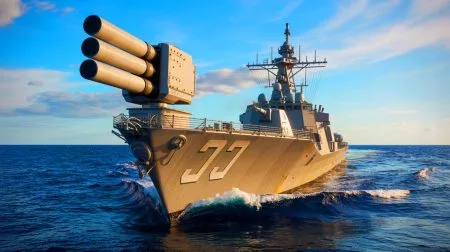
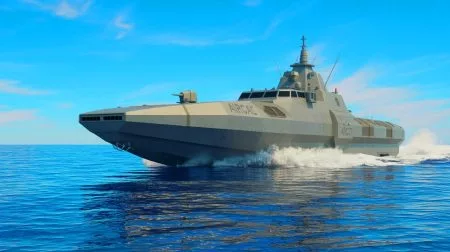
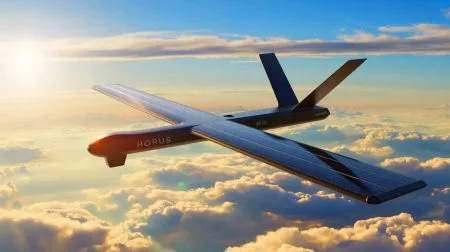

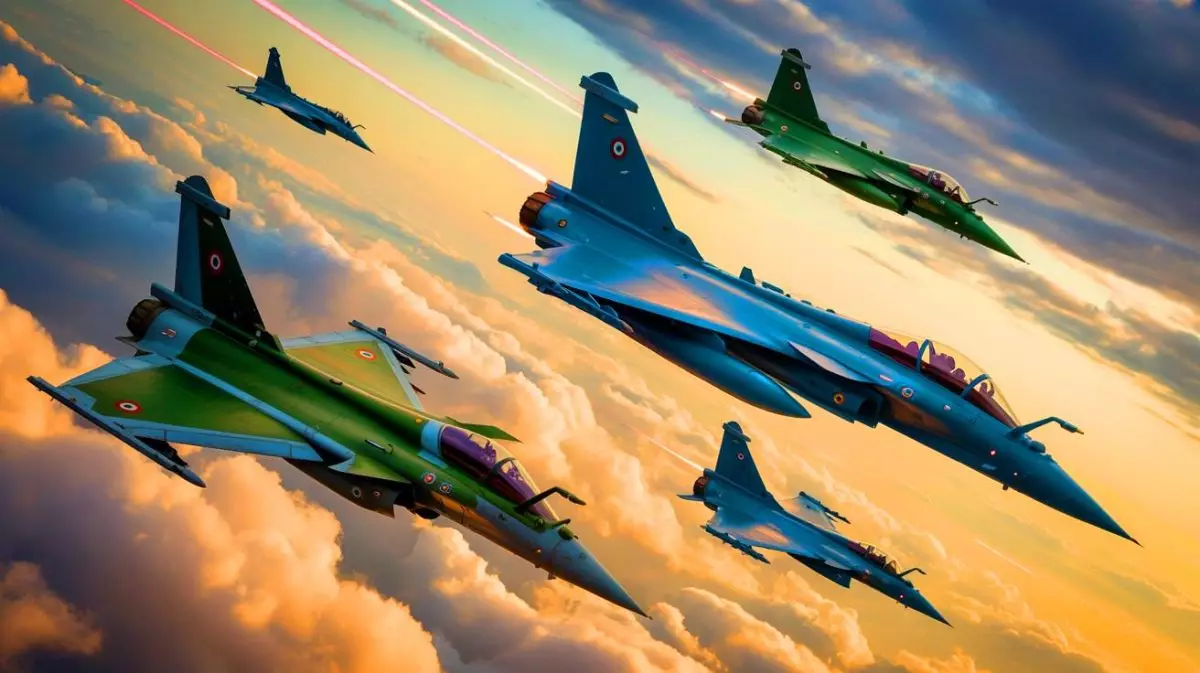


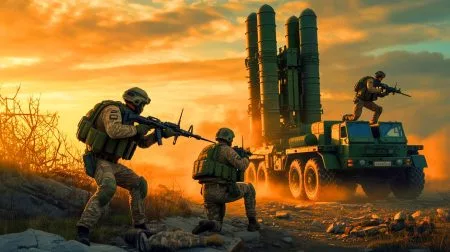
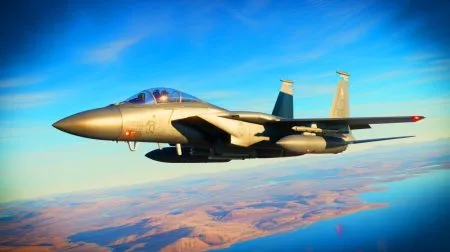
Wow, didn’t see that coming! Are Rafales overrated or was it just bad strategy? 🤔
Great article! It’s shocking how the Rafale jets underperformed. Thanks for the insight!
This is a complex situation. Does India need better jets or better tactics?
How could India’s advanced Rafales lose to older F-16s? Something doesn’t add up!
Did the IAF not anticipate the use of AWACS by Pakistan? That seems like a big oversight.
The Rafale isn’t living up to the hype. Maybe it’s time to reconsider procurement decisions?
Is it just me, or does this sound like a classic case of over-reliance on tech?
Pakistan’s use of AWACS was a game-changer. Is India investing in similar tech?